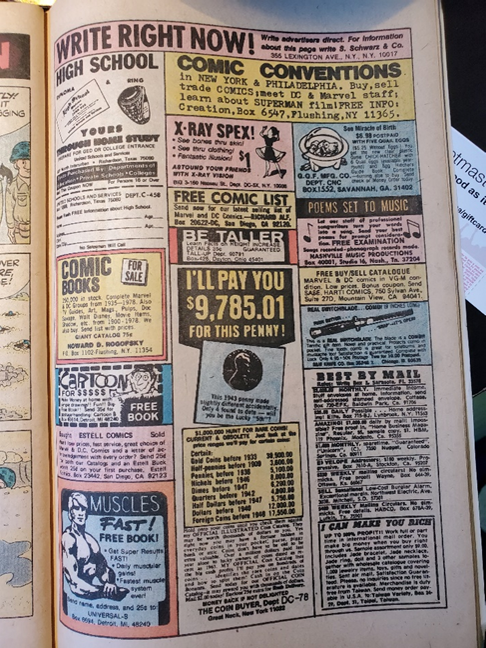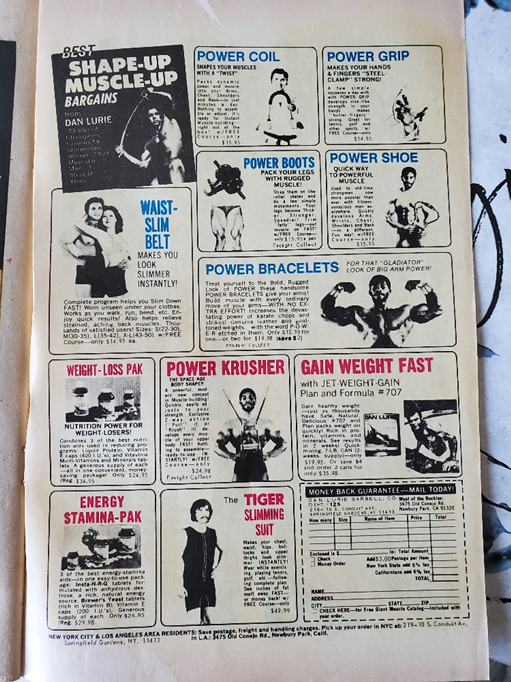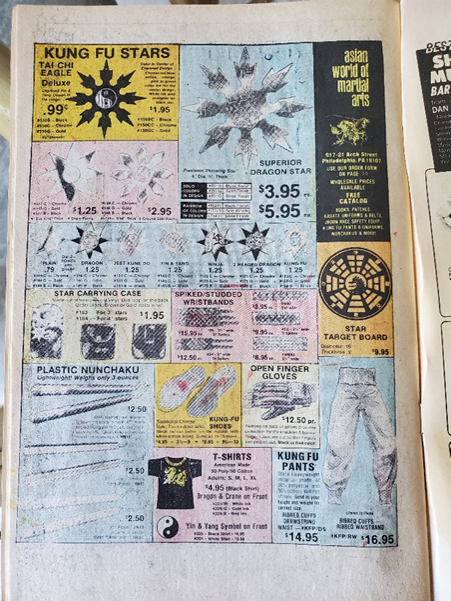We recently needed to get a new vehicle.
We did lots of research based on a specific set of criteria for what we were looking for. We enlisted friends to let them know of our search. We drove to various dealerships to look at what was on the lot. We spoke to “product advisors” and “senior product specialists” to understand the used car market in Winnipeg.
Wow, prices are incredibly high and inventory is incredibly low.
We received an introduction from a good friend to a sales rep from a reputable dealership.
When I called them, they had just retired.
Rats!
But then they referred me to their sales manager!
Yay!
And the sales manager just moved to a new dealership.
Rats!
But they referred me to a product advisor.
Yay!
And this product advisor found us something quite quickly so we set a time to come for a test drive.
Yay!
And we got a call when we were five minutes away from our scheduled meeting asking where we were and I said “close.”
Huh?
When we arrived, we learned that someone else had sold the car that morning.
What?! You couldn’t have called earlier?
But the product advisor had access to inventory from other dealerships within the same auto group. And they found one and spoke to a manager to put a hold on it.
Yay!
So, we drove to the opposite end of the city to test drive the new vehicle.
Yay!
The vehicle was there waiting for us. The manager wasn’t. I mean, we came into the dealership, let them know who we were supposed to meet with and they were in a meeting (chatting with colleagues not a customer), and we were asked to wait outside.
We were waiting outside when an assistant manager came out with a product advisor who walked us through the vehicle so we could do the test drive.
Seemed fairly good and we put a deposit on it pending a once over by a mechanic of our choice.
Yay!
We declined the purchase.
Rats!
The manager took over from the product advisor and was just using a spray and pray approach to suggest other vehicles, not using the specific criteria we provided.
Rats!
Separately, we asked the product advisor to keep looking for us and they said “sure.”
Yay!
And then crickets…
We called back and emailed and no response.
Rats!
We eventually found some options at a sister dealership and proceeded to book an appointment.
Yay!
Product advisor was professional and helpful. Test drive was fine. Deposit placed pending mechanic review.
Yay!
We made an appointment to buy the vehicle, make the payment, and pick up the vehicle. Appointment reconfirmed with finance manager a couple of hours ahead of the appointed time. We arrived with excitement to pick up the new vehicle. Finally, we had a terrific customer experience.
Yay!
Except the vehicle wasn’t ready. There was a “miscommunication” at the dealership and the vehicle was not out of detailing for us. It would be another 60 to 90 minutes. “So sorry” said the product advisor. “Can you come back in an hour?”
Rats!
Well, actually we cannot. We live at least 30 minutes away, especially in rush hour, and we were not going to wait around nor drive home and back. So, we decided to come back the next day at the same time in later afternoon.
Rats!
On the way out of the dealership we were introduced to the sales manager who learned we were not very happy. And nothing other than a “we’re sorry.”
We came back to pick up the vehicle the following day.
Yay!
But our enthusiasm had evaporated like the steam from a lousy coffee. When we arrived to meet with the finance manager, we were introduced to helper #1 that would explain the rocket ship controls of our new vehicle. They zipped through all the screens and controls like they had done this before. “Please confirm there is a manual” so we can practice at home.
There was.
Yay!
As they were explaining the various controls, cameras, etc. I noticed that there were smudges and areas that were not clean. They said it was condensation streaks from the morning and they would wipe them before we leave.
OK.
Back inside to meet with finance manager…but we got a different one because #1 was tied up with another customer. Huh? We had an appointment.
Oh well, deal done. We took the papers to a local insurer to get the plates and insurance.
OK.
Upon returning, helper #1 was in a different vehicle so we had helper #2 putting the plates on. And the streaks were still there and additional areas noted that were also not cleaned.
OK, we got the vehicle and left. Time to get out of Dodge.
Summary:
- Do what you say you are going to do
- If you make a mistake own it and fix it…for the customer’s benefit
You’ll notice no dealership named here. DM me and I may let you know who it was.
All the customer touch points available and a massive failure on so many areas. Not even an attempt at a save from a customer experience perspective.
When was the last time you did a mystery shop on your company? DM me and we can set you up with my program.





You must be logged in to post a comment.